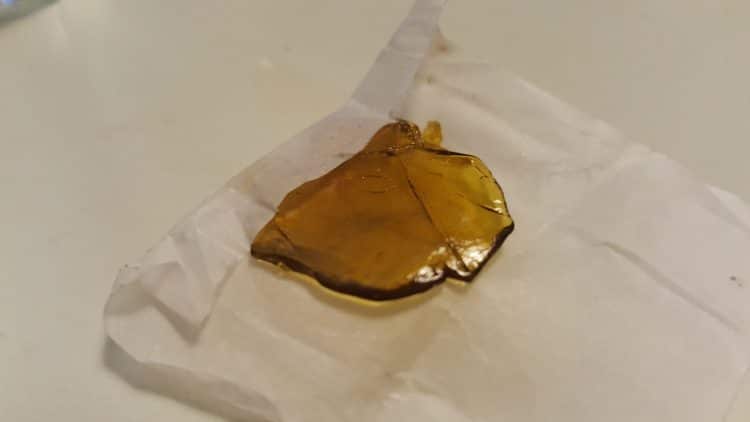Cannabis concentrates are a large and growing part of the U.S. domestic market and increasingly part of the global conversation. According to a market report by Zion Research last year, the worth of the “legitimate” concentrate market was a whopping USD $3.73 billion in 2018 and is on track for hitting USD $13.78 billion by 2026. Others put the global market for just concentrates in similarly august territory.
Yet just about everywhere, contamination can still be a problem. Contamination in concentrates is fundamentally a supply chain problem. The extraction stage can be rife with issues in recreational and medical markets. In the U.S., solvent-based extraction can leave residual solvents behind in end products. [1,2]
In Europe, the standards for medical cannabis are generally more rigorous. Yet even in Europe, there has been product contamination and fraudulent labelling in the nascent “retail” market, which does not include recreational, intoxicating cannabis (still mostly illegal).
The U.S. Market
The fact that the US Food and Drug Administration and Department of Agriculture are now becoming active regulators of the hemp industry on a national scale means that federal regulatory standards have come into the discussion.
However, contamination from extraction methods (as well as pesticides) has been a core concern to regulators in just about every legal state. A 2015 study by Raber et al [1] sounded the alarm nationally regarding extract contamination in California: contamination from pesticides and residual solvents was routine in concentrates used for dabbing. The researchers purchased 57 concentrates from the medical market and noted “[o]ver 80% of the concentrate samples were contaminated in some form.” [1]
The Federal Medical Markets of Europe
According to the aforementioned Zion Research report, extracts are set to make an impact on the European market, particularly in Spain and Germany. Dominance of flower is on the cusp of changing as supply chains in Europe begin to incorporate medical extracts. The issues mainly regard making sure plants are grown according to globally accepted medical standards (e.g., Good Manufacturing Practice, GMP), and that equivalent practices are followed by everyone throughout the supply chain, including extraction labs.
This doesn’t mean that there have not been issues. International company Aurora was suspended from selling medical cannabis in Germany, for example, after performing “proprietary” microbial sterilization without disclosure and a permit. The contamination situation across Europe’s black market is much worse.
CBD Concentrates
When it comes to cannabidiol (CBD) extracts, there are similar issues. One Dutch study found dramatic discrepancies between the CBD concentration listed on product labels and the actual amounts after analysis. [3] Residual solvents and pesticides are also a serious concern in CBD concentrates.
What are Consumers Supposed to Do?
Widespread contamination of flower or concentrates is, first and foremost, a problem created by unregulated, grey, or less than federally regulated markets. Contamination obviously presents health hazards for consumers. US cannabis products must be tested at 3rd-party labs for contaminants like pesticides or residual solvents. Unfortunately, despite federal legalization, the hemp industry has yet to require contaminant testing. Luckily, most product manufacturers understand the need for this testing without being mandated to do so. Consumers should ask for certificates of analysis with contaminant testing. If it can’t be provided, find another vendor.
References:
- Raber JC, et al. “Understanding Dabs—Contamination Concerns of Cannabis Concentrates and Cannabinoid Transfer During the Act of Dabbing.” The Journal of Toxicological Sciences, vol.40, no.6, 2015, pp.797-803. Impact factor: 4.081; Times cited: 85
- Seltenrich, N. “Cannabis Contaminants: Regulating Solvents, Microbes and Metals in Legal Weed.” Environmental Health Perspectives, vol. 127, no. 8., 2019. Impact factor: 8.05; Times cited: 2
- Hazekamp A. “The Trouble with CBD Oil.” Medical Cannabis and Cannabinoids, vol.1, no.1, 2018, pp. 65-72. Impact factor: N/A; Times cited: 24
Photo credit: Cannabis Pictures / CC BY (https://creativecommons.org/licenses/by/2.0)











